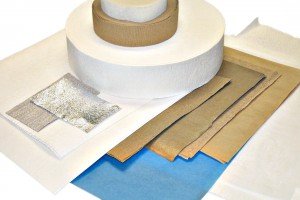 The Micrex Process:
The Micrex Process:
No Waste
Environmentally Friendly
High Operating Speed
The original Micrex/Microcreper was created to improve the way paper is creped. The inventors had no idea that this technology would later find much broader application, processing textiles, films and nonwovens.
The technology is best viewed as a solution, in which traditional wet creping is not applicable.
Benefits include:
- Dry process: no waste; no environmental concerns
- Operating speeds of 200+ meters per minute on some substrates
- No steam or adhesive used in processing (eliminating the wetting and drying of the paper)
- Ability to process papers that cannot withstand creping due to low wet strength
- Result: Much softer crepe
Paper makers and converters worldwide have utilized the benefits of crepe paper to enhance their products. Historically there have been two ways to add stretch and extensibility to these substrates — traditional wet creping and the Clupak® process. Unfortunately, the use of these technologies has been confined to a limited range of materials. Persistent high energy costs and low operating speeds have limited their application.
Alternatively, manufacturers can now use the Micrex/Microcreper to enhance the performance of their paper and engineered cellulosic substrates.
Read more to understand the differences between dry and wet crepe:
Technical Note 119 Paper – Wet vs Dry Process
For a broader understanding of the substrate characteristics best suited for Microcreping:
Technical Note 116 Substrate Design
The next logical step is to learn more about our free trial program.
Clupak is a registered trademark of Clupak Inc
